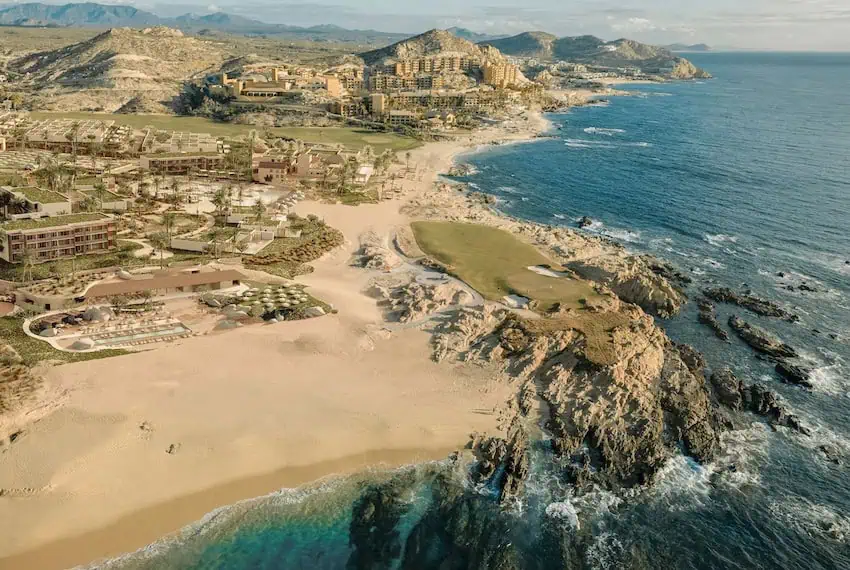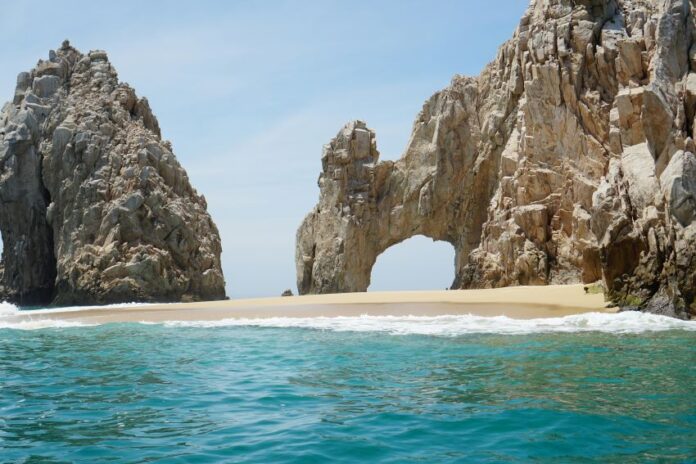The New York Times has released its list of 52 places to travel in 2025, and Los Cabos, Baja California, earned a spot at No. 18.
Los Cabos, located at the southern tip of the Baja California peninsula, has seen massive growth in recent years and is now one of Mexico’s most popular destinations for international tourists.

According to figures from the Los Cabos Tourism Trust (FITURCA), the resort city saw 3.9 million tourists in 2024 — and NYT noticed.
According to NYT, Los Cabos has established itself as a premier destination thanks to its acclaimed golf courses and resorts. But it is the new “wave of exclusive openings,” that earned this sunny destination a spot among global destinations like Greenland, Nepal and Portugal.
Where to stay in Los Cabos
Amanvari by Aman luxury hotel group: Expected to open this year, this resort will offer indoor-outdoor living with generous terraces adjoining 18 rooms. Located in Costa Palmas, Amanvari will be Aman group’s first hotel in Mexico.
Park Hyatt Los Cabos at Cabo del Sol: This luxurious beachfront retreat close to downtown Cabo San Lucas features a 59,000-square-foot wellness center and five swimming pools across the 1,800-acre development.

The St. Regis Los Cabos at Quivira: Expected to open in 2026, this 120-room resort will be adjacent to a Jack Nicklaus golf course and will staff private butlers.
In addition to highlighting these resorts, NYT noted Los Cabos’ culinary scene, including the city’s first one-star Michelin recipient, Cocina de Autor.
With reports from The New York Times and Peninsular Digital
